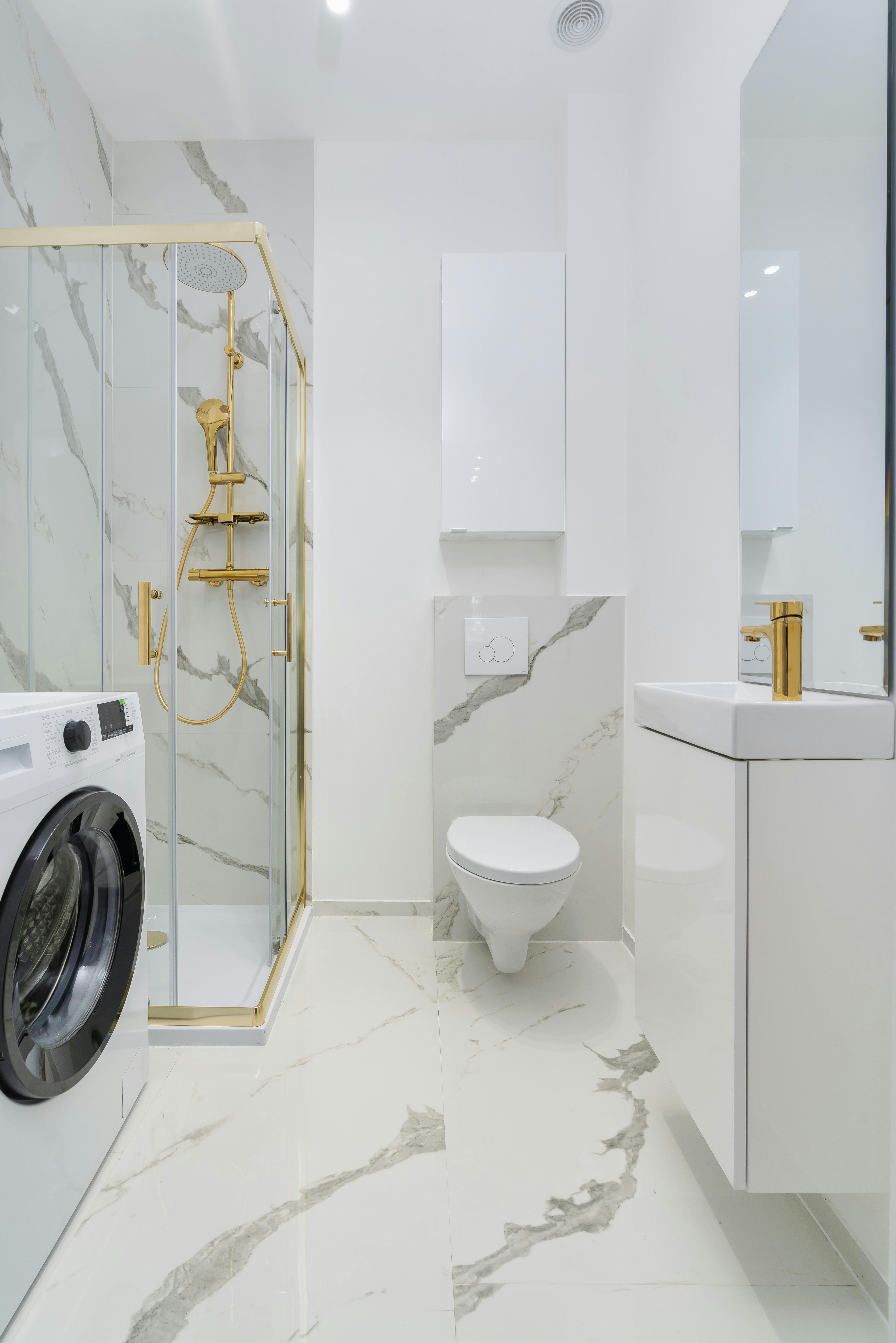Choosing the Best Fittings for Glass Installations
Glass has become a defining element in contemporary design, blending aesthetics with functionality. Whether for residential spaces or commercial structures, using the right fittings for glass is essential for safety, appearance, and durability. In this guide, we’ll explore everything you need to know about selecting, installing, and advancing your use of glass fittings for optimal results.

Understanding the Fundamentals
Before diving into types and applications, it’s important to grasp what fittings for glass are. Essentially, these are the hardware components that secure, support, and enhance glass installations. From doors to partitions, fittings ensure both the integrity and visual appeal of the structure.
Historically, glass was considered fragile and purely decorative. However, technological advancements have transformed glass into a primary building material, and specialized fittings for glass are now vital to unlock its potential.
1.1 Types of Glass Fittings
Fittings for glass include a wide range of components, such as:
- Glass clamps – used to hold panels in place without drilling holes.
- Patch fittings – typically for frameless glass doors and partitions.
- Spider fittings – often seen in curtain walls and atriums.
- Connectors and hinges – for door and panel integration.
These fittings vary based on their application, load-bearing capacity, and material compatibility. For example, stainless steel fittings are common due to their durability and resistance to corrosion.
1.2 Why Fittings Matter
Choosing the wrong fitting can compromise safety, create aesthetic issues, or lead to premature wear. Proper fittings enhance design continuity, ensure user safety, and simplify maintenance. For instance, frameless shower enclosures rely heavily on precise fittings for water resistance and structural stability.
Misconceptions often arise, such as assuming all fittings are universal. However, even minor differences in glass thickness or application type require specific hardware solutions.
Practical Implementation Guide
With foundational knowledge in place, it’s time to explore how to implement fittings for glass effectively in your next project. Careful planning leads to better results and fewer complications during installation.

2.1 Actionable Steps
- Assess the environment: Determine exposure to moisture, load requirements, and aesthetic preferences. This helps select weather-resistant and suitable fitting types.
- Choose quality fittings: Opt for corrosion-resistant materials like stainless steel. Check product certifications and compatibility with your specific glass.
- Plan installation timeline: Allow for detailed measurements, procurement, and mounting time. Typical projects span 3-7 days depending on complexity.
2.2 Overcoming Challenges
Common obstacles include:
- Misalignment – caused by improper measurements. Use laser levels and templates to prevent this.
- Glass breakage – often due to incorrect drilling. Choose clamp systems where possible to avoid weakening the glass.
- Corrosion – especially in bathrooms or outdoor spaces. Stainless steel fittings or coated hardware are key here.
To troubleshoot, always refer to the manufacturer’s installation guide, and consider hiring certified professionals for complex setups.
Advanced Applications
Once you master the basics, you can explore more sophisticated uses of fittings for glass. These advanced techniques are often found in commercial, high-traffic, or luxury residential projects.

3.1 Structural Glazing with Spider Fittings
Spider fittings allow for expansive, frameless glass structures in modern architecture. They provide unobstructed views and distribute structural loads evenly. Notable projects include airports, malls, and modern office towers.
Performance metrics show spider fittings can handle up to 500kg per point with minimal vibration, making them ideal for high-rise applications.
3.2 Smart Glass Integration
With the rise of smart homes and buildings, fittings now integrate with systems like automatic doors, switchable glass, and lighting controls. This requires specialized hinges and sensors compatible with IoT devices.
Compatibility across systems is key. Always check voltage, software integration, and fitting design to ensure seamless operation.
Future Outlook
The demand for innovative fittings for glass is growing rapidly. As designs become sleeker and sustainability rises in importance, fittings will evolve to be lighter, stronger, and more versatile.
In the next 3–5 years, expect more eco-friendly materials, smart integration, and modular fitting systems that reduce installation time. Staying ahead of these trends can give your projects a significant edge.
Conclusion
To summarize:
- Fittings for glass are essential for aesthetics, safety, and longevity.
- Choosing the right fitting depends on use-case, environment, and design goals.
- Advanced fittings unlock smart functionality and architectural freedom.
Whether you’re a homeowner, designer, or contractor, understanding and applying the right fittings ensures your glass installations are a success. Take the time to research and invest in the right components—your projects will thank you.
Ready to elevate your space? Start by evaluating your next glass installation and list the fittings you’ll need today.
Frequently Asked Questions
- Q: What are fittings for glass? Fittings for glass are hardware pieces that secure, support, and enhance the functionality of glass installations such as doors, walls, and partitions.
- Q: How do I get started with glass fittings? Begin by identifying your project’s needs—glass type, environment, and design. Then choose fittings designed specifically for those conditions.
- Q: How long does it take to install glass fittings? Basic installations can be done in 1-2 days, but complex setups may require up to a week depending on size and detail.
- Q: What’s the typical cost for glass fittings? Prices range from $10 for basic clamps to over $200 for advanced spider or smart fittings. Factors include material, brand, and application type.
- Q: How do glass fittings compare to aluminum frames? Glass fittings offer a frameless, sleek look while aluminum frames provide more structure. The choice depends on design and budget priorities.
- Q: Are fittings for glass hard to install? With the right tools and planning, basic fittings are manageable for skilled DIYers. However, commercial and smart systems may require professionals.
- Q: Can I use these in office interiors? Absolutely. Fittings for glass are ideal for conference rooms, dividers, and entryways, offering an open, modern aesthetic with functional separation.
